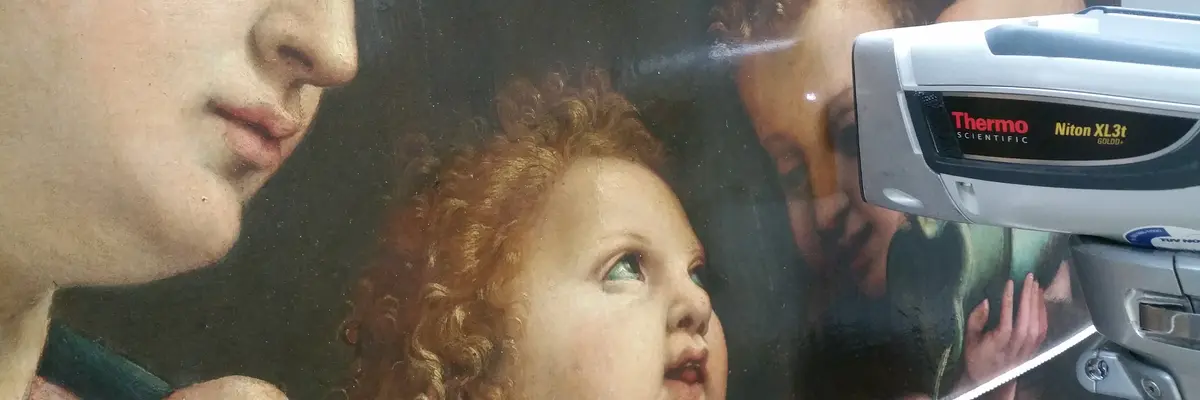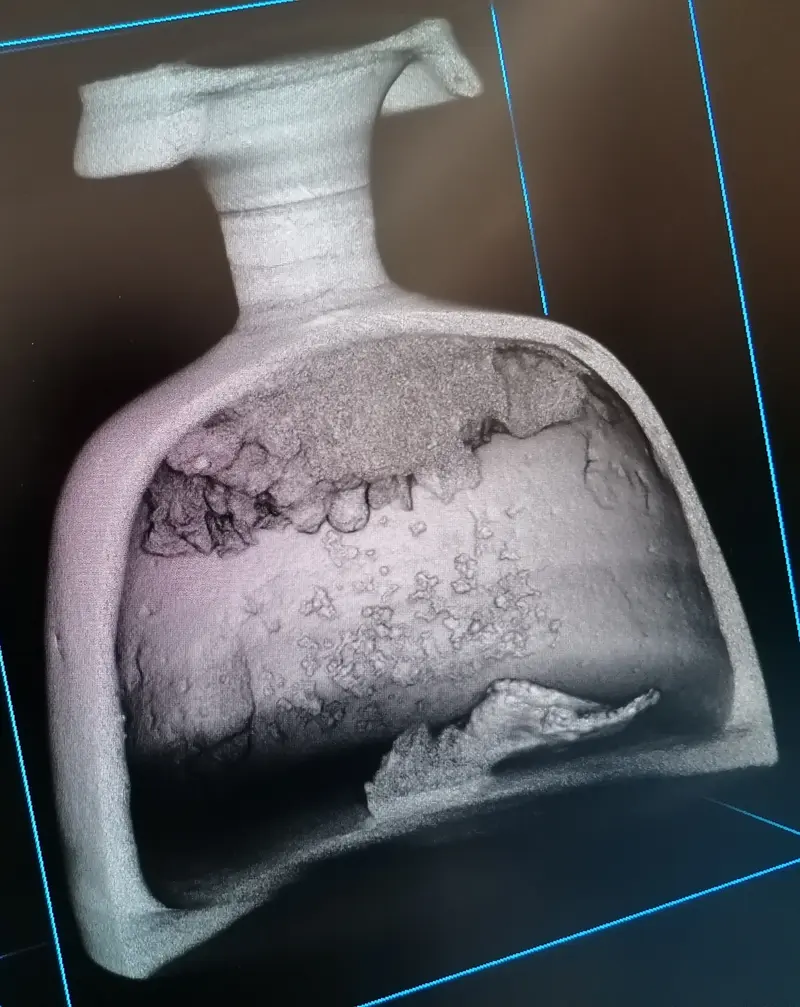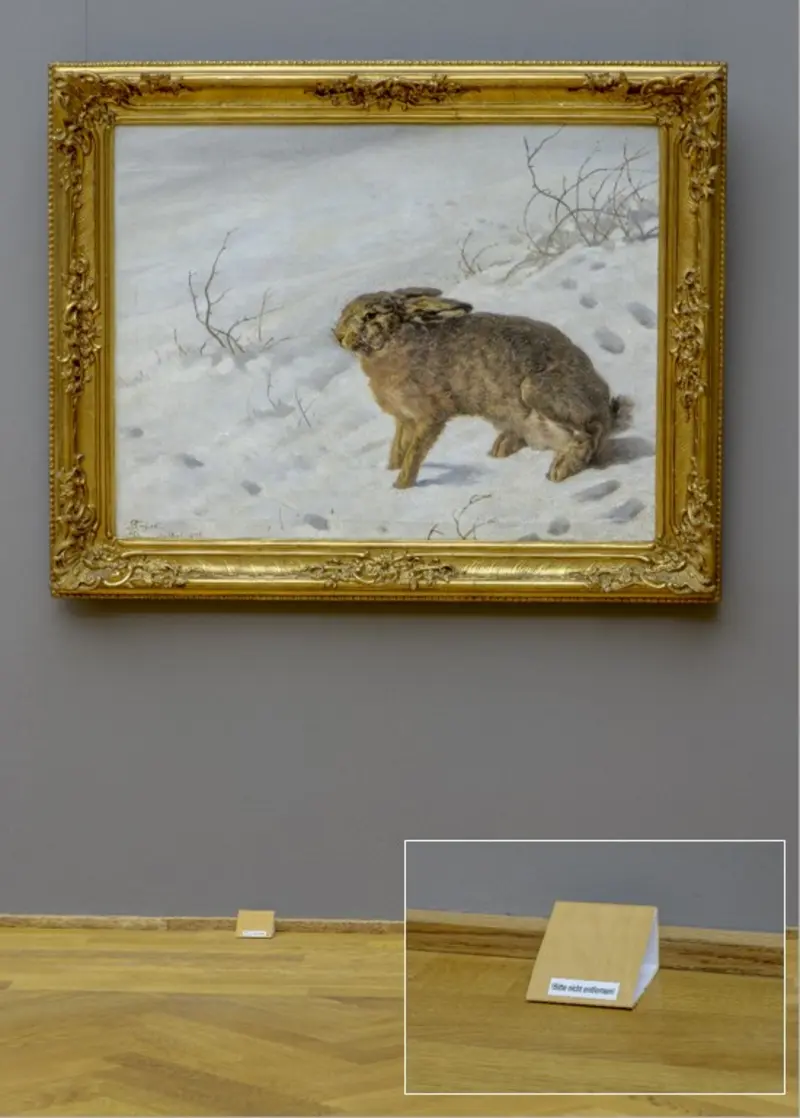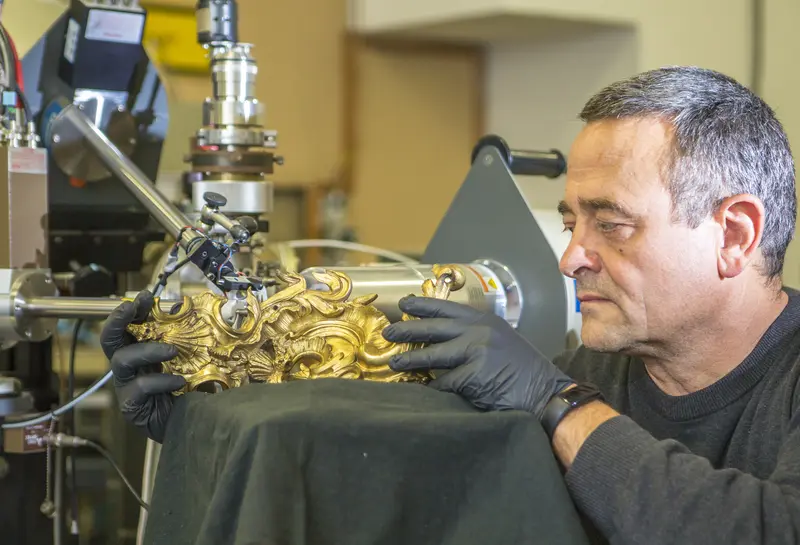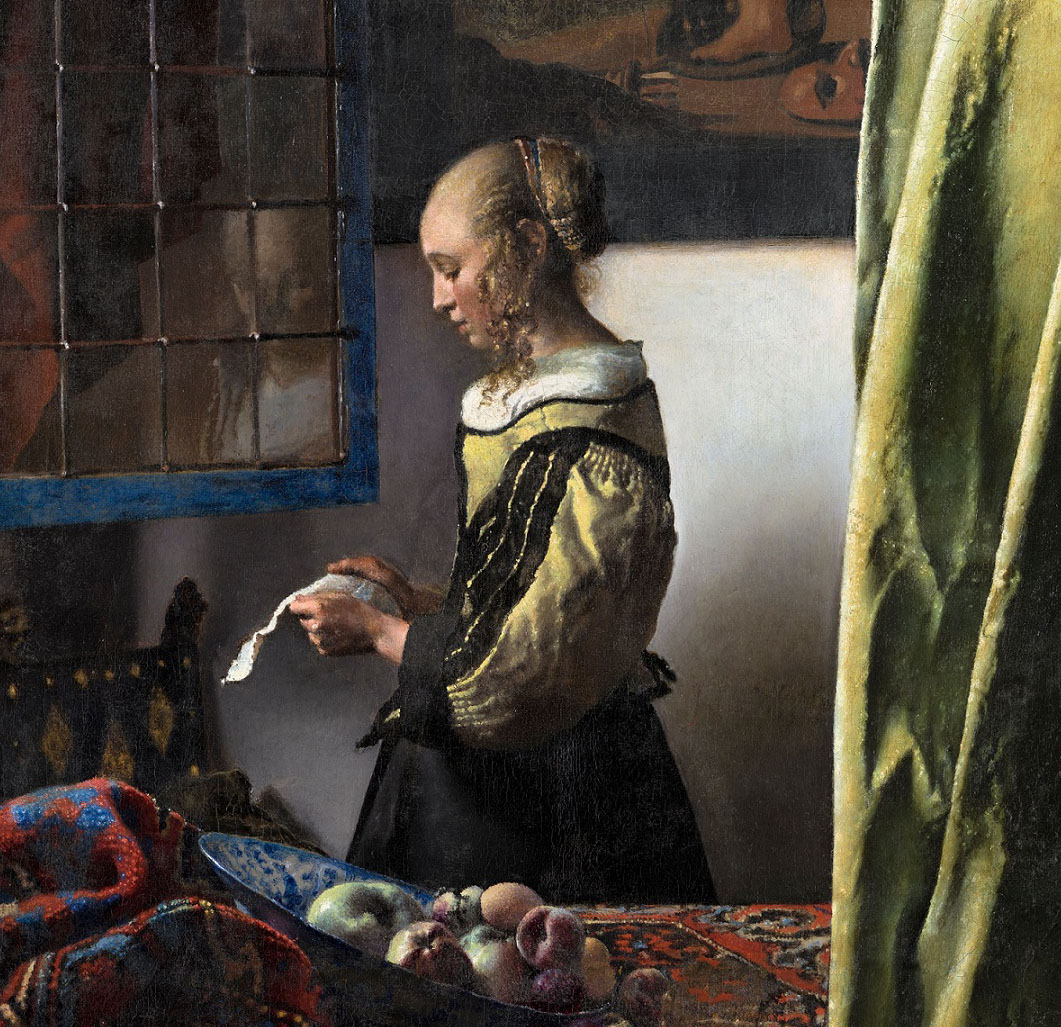Materials analysis and materials science
The care and long-term preservation of works of art and further research into the collection are supported today by the natural sciences and modern technologies. Material analysis should answer the question of what materials the artwork is made of. What colours did the artist use in the painting? What alloy components can be found in the bronze sculpture? Are the furniture fittings actually gilded? What ingredients did Böttger use for his white porcelain? Is the silver in the goblet or the old coins really from Freiberg? What ink was used to write the historical records?
